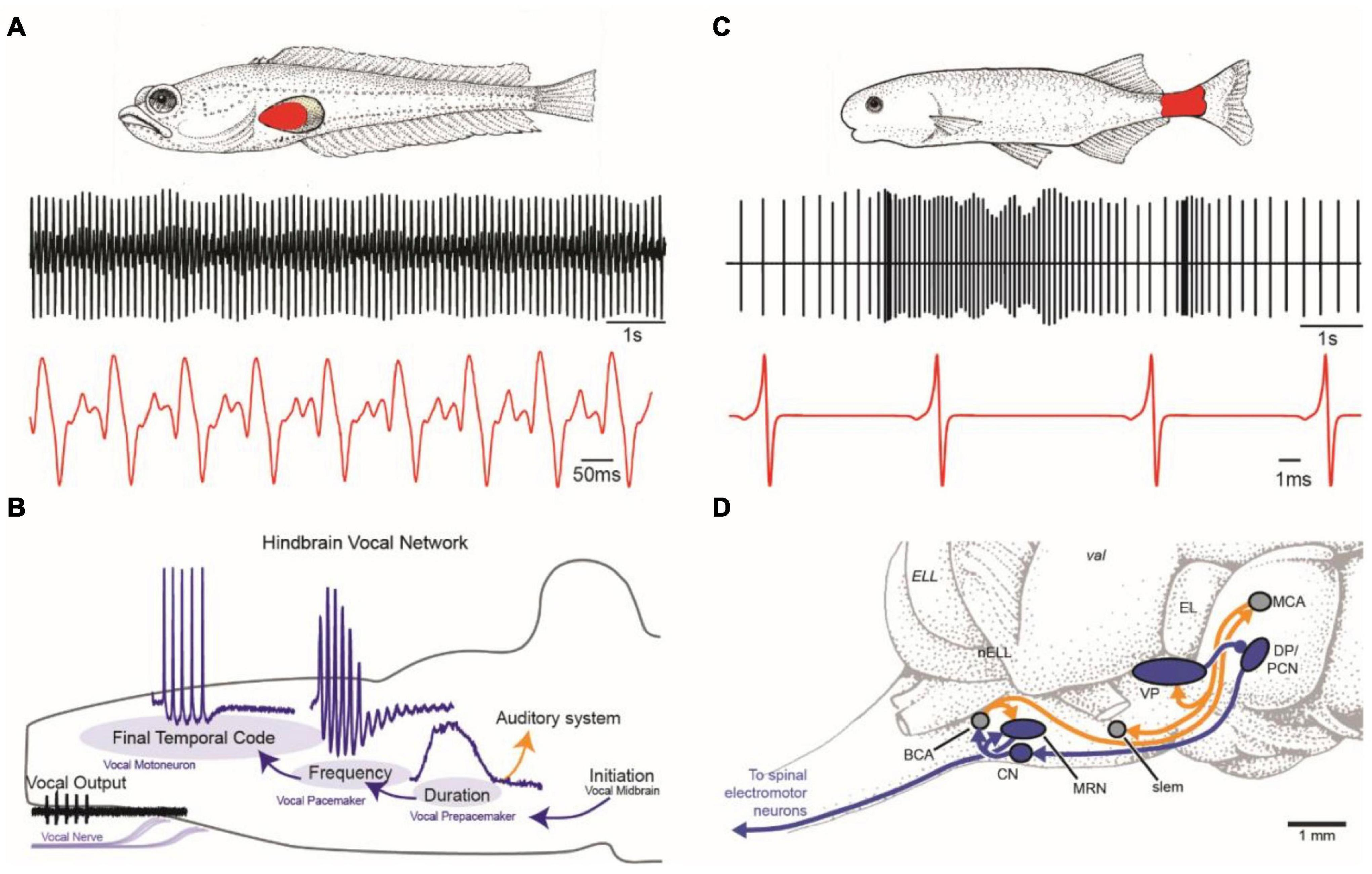The origin of Indo-European languages has been a subject of fascination and research for centuries, with recent discoveries placing their roots in what is now Russia around 6,500 years ago. Landmark studies have traced the genetic ancestry of the Caucasus Lower Volga people, who are believed to be the speakers of the proto-Indo-European language. This ancient tongue serves as the foundation for over 400 languages spoken by more than 40 percent of the global population today. The research highlights the Yamnaya people, known for their distinct linguistic and cultural practices, as pivotal in the dispersal of these languages across Europe and Asia. With advancements in genetic analysis, scholars now have a clearer picture of the language family origins that shaped human communication for millennia.
Exploring the beginnings of the Indo-European language family reveals a complex narrative involving ancient populations and migrations. Often referred to as the ancestral languages of Europe and parts of Asia, these languages have diverse roots that link back to early inhabitants of the Eurasian steppes. Recent genetic studies have shed light on the inhabitants of the Lower Volga region and the significance of the Yamnaya culture in disseminating their linguistic heritage. By uncovering their proto-Indo-European language origins, researchers illuminate how these ancient communities influenced the development of modern languages and cultures. This extensive research not only captivates linguists but also enriches our understanding of human history and migration patterns.
The Origin of Indo-European Languages: A Linguistic Breakthrough
Recent research into the origins of Indo-European languages has unveiled new insights into the language family that encompasses over 400 languages spoken globally. A collaborative study involving teams from Harvard and Ukrainian scholars utilized advanced DNA sequencing techniques to trace these languages back to the Caucasus Lower Volga people, who lived approximately 6,500 years ago. This groundbreaking research has significant implications for our understanding of cultural and linguistic evolution in the context of human migration across Europe and Asia.
The studies confirm long-held theories regarding the steppe hypothesis, which posits that the original speakers of proto-Indo-European languages resided along the Eurasian steppes. By highlighting the historical connections between various language families, including Latin, Greek, and Sanskrit, researchers have redefined our grasp of linguistics, showcasing how population movements influenced language development over millennia. As these languages spread and evolved, they carried with them not just words, but also cultural practices and social structures.
Caucasus Lower Volga: The Genetic Ancestry Behind Language Families
The Caucasus Lower Volga region has emerged as a critical focal point in understanding the genetic ancestry of modern Europeans. Genetic data collected from ancient populations suggests that these early inhabitants underwent significant interactions with neighboring groups in the region, leading to a diverse genetic background. The Yamnaya people, known for their horse culture and innovative agricultural practices, played a pivotal role in disseminating Indo-European languages across vast territories.
This genetic mixing contributed to the immense diversity observed in today’s European languages and cultures. Understanding the links between the Yamnaya and contemporary European genetic pools elucidates the pathways through which ancient peoples migrated, settled, and exchanged ideas, ultimately shaping the linguistic landscape we see today. The notable connections between these populations and modern societies highlight the profound impact of geography and migration on cultural identity.
The Role of the Yamnaya People in Language Dissemination
The Yamnaya people’s significance cannot be overstated when examining the spread of Indo-European languages across Europe and beyond. Known as nomadic pastoralists, they leveraged their skills in horseback riding and early farming techniques, allowing them to travel great distances and interact with various cultures. Their ability to adapt and innovate facilitated the exchange of not just goods, but also complex linguistic structures that would influence numerous languages over centuries.
As these Yamnaya groups migrated, they carried their proto-Indo-European dialect with them, introducing it into new regions. The innovations they brought forth, including oxen-towed wagons, were unlike anything seen before, setting the stage for dramatic shifts in societal organization and communication. This cultural diffusion laid the groundwork for the languages that eventually led to the formation of distinct modern language families, illustrating how mobility and social change have intertwined throughout history.
Decoding Proto-Indo-European: The Profound Mixing Event
The recent findings shed light on what researchers term the ‘profound mixing event’ that occurred in the ancient past, fundamentally altering the genetic landscape of Europe. By examining the DNA of multiple ancient populations, the Harvard team discovered that modern Europeans have roots in a blend of several ancestral groups, including the Yamnaya, illustrating a complex tapestry of migration and intermixing. This fusion not only shaped genetic makeup but also played a pivotal role in the evolution of language, highlighting a direct correlation between genes and linguistic heritage.
By pinpointing the Caucasus Lower Volga as a key source of this ancestral mix, the research enhances our understanding of the dynamics that led to the spread of Indo-European languages. Results emphasize how cultural exchanges during migrations influenced language structure and development, which were pivotal in shaping distinct language families across Europe and Asia. The intricate genetic lineage established by these ancient populations underlines the importance of interdisciplinary approaches in uncovering the roots of language and culture.
Anatolian Languages and Their Connection to Indo-European Origins
Exploration of Anatolian languages has revealed intriguing insights into the history of Indo-European tongues. Contrary to previously held beliefs that linked these languages directly to the Yamnaya lineage, recent studies indicate a more complex relationship, suggesting the existence of an older linguistic framework from which both groups could have descended. Evidence from ancient DNA reveals that while Anatolian speakers did not show Yamnaya ancestry, they shared common linguistic ties, highlighting the multifaceted nature of language evolution.
The ongoing debate surrounding the Anatolian hypothesis emphasizes the need for a nuanced understanding of how languages diverge and interconnect over time. As researchers delve deeper into genetic and linguistic data, they uncover layers of complexity that illustrate the rich heritage of Indo-European languages, demonstrating that their origins stem from a confluence of diverse groups across broad geographic areas. This research not only enriches our comprehension of linguistics but also enhances the narrative of human history itself.
The Significance of Archaeological Evidence in Linguistic Research
Archaeological evidence plays a pivotal role in piecing together the puzzle of language origins, shedding light on the cultural practices of ancient populations. The practice of burying the dead in kurgans, characteristic of the Yamnaya and their Caucasus Lower Volga ancestors, serves as a key archaeological marker. These monumental graves provide insight into the societal structures and belief systems of early communities, offering context for the languages they spoke and how these linguistic practices echoed through time.
Coupled with genetic evidence, archaeological findings allow for a comprehensive understanding of how ancient peoples interacted with their environment and each other. As researchers uncover more about these burial practices, they not only gain insights into cultural continuity and change but also understand how such traditions may have influenced language preservation and transformation, ultimately leading to the languages we recognize today.
Implications of Genetic Research for Understanding Human History
The implications of genetic research extend far beyond the realm of linguistics; they reshape our notions of human history and social dynamics. By tracing genetic lines back to the Caucasus Lower Volga people and the Yamnaya, the studies offer a clearer picture of how ancient migrations crafted modern societal structures. Each lineage represents a chapter in the narrative of human civilization, demonstrating how an intricate web of relationships shaped cultures and languages over thousands of years.
As genetic analysis continues to uncover connections between ancient populations, scholars are afforded the opportunity to reevaluate historical narratives. The results of this groundbreaking research signify not only the movement of peoples but also the exchange of ideas, agricultural practices, and languages, which fundamentally influenced the course of history. By understanding these connections, we gain a more profound appreciation for the complexities of human identity and the lasting impact of our shared past.
Collaboration Between Disciplines: A Model for Future Research
The collaborative effort among genetics, archaeology, and linguistics exemplifies a multidisciplinary approach essential for advancing our understanding of human history. Researchers, such as those from Harvard and Kyiv, have demonstrated that complex questions about language origins and migrations require expertise from various scientific fields. By working together, scholars can pool their knowledge and resources, resulting in a more comprehensive view of ancient populations and their languages.
This integrated approach is crucial in overcoming geographical and political divisions, particularly in a time when collaboration is essential for scientific advancement. The partnerships formed in this research highlight the power of unity in discovery, paving the way for future studies that will continue to explore the intricate connections between genetics, language, and culture, thus forging a stronger understanding of our collective heritage.
Future Directions in Indo-European Language Studies
As new techniques in genetics and archaeology emerge, the future of Indo-European language studies looks promising. The ability to analyze ancient DNA and correlate it with linguistic data will likely lead to further breakthroughs in understanding the complexities of language origins. Future research endeavors may focus on expanding the geographic scope of studies, potentially uncovering new evidence that could reshape our comprehension of the Indo-European language family’s development.
Moreover, as researchers continue to draw connections between ancient populations and modern ethnic groups, we can expect a richer dialogue about cultural and linguistic identities. This not only emphasizes the ongoing evolution of languages but also highlights the significance of understanding our past in addressing contemporary societal issues. As linguistic landscapes continue to change, so too will the methodologies and frameworks used to study them, fostering an environment ripe for discovery.
Frequently Asked Questions
What are the origins of the Indo-European languages according to recent studies?
Recent studies indicate that the origins of the Indo-European languages can be traced to the Caucasus Lower Volga region in present-day Russia, approximately 6,500 years ago. Researchers identify the speakers of the ancestor tongue as the Caucasus Lower Volga people, who are believed to have mixed with other groups, leading to the diversification of this extensive language family.
How did the Yamnaya people contribute to the development of Indo-European languages?
The Yamnaya people, a significant group inhabiting the Eurasian steppe around 5,000 years ago, played a crucial role in the spread of Indo-European languages. They were nomadic pastoralists known for their superior mobility and were likely the first to use oxen-towed wagons, which facilitated their migration and the dissemination of their language across vast distances, from Mongolia to Ireland.
What genetic evidence supports the theory of the Caucasus Lower Volga as the Indo-European languages’ origin?
Genetic evidence from studies involving ancient DNA analyses indicates a profound mixing event among the populations in the Caucasus Lower Volga region, confirming these individuals as pivotal in the development of the Indo-European languages. Their genetic lineage shows connections to both the Yamnaya people and ancient Anatolian speakers, thereby unifying the diverse branches of the Indo-European language family.
What role did archaeologists and linguists play in tracing the origins of Indo-European languages?
Archaeologists and linguists have collaboratively traced the origins of Indo-European languages through a combination of linguistic reconstructions, archaeological findings, and genetic analyses. Their efforts have established the Caucasus Lower Volga people as the likely originators of this language family, bridging the gap between ancient speakers and their modern descendants.
Why is the Yamnaya culture significant in the study of Indo-European languages?
The Yamnaya culture is significant in the study of Indo-European languages due to its role in the migration and expansion of language across Europe and into Asia. Their unique burial practices and genetic lineage provide insights into their social structures and interactions with neighboring populations, thus shaping the linguistic landscape of the ancient Indo-European world.
How did the Russian-Ukrainian conflict impact research on Indo-European languages?
The ongoing Russian-Ukrainian conflict has created challenges for collaborative research on Indo-European languages, particularly affecting co-authorship among scholars from the two nations. Despite these hurdles, significant findings have emerged, drawing from ancient DNA samples across both countries to enhance our understanding of the connections between the Caucasus Lower Volga people and the broader Indo-European language family.
What implications do these studies have for understanding the genetic ancestry of modern Europeans?
These studies suggest that modern Europeans have significant genetic ties to the Caucasus Lower Volga people, as well as to the Yamnaya culture. The migration and mixing of these early populations contributed to the genetic diversity observed in contemporary European populations and provide a clearer picture of how Indo-European languages have evolved over millennia.
What is the significance of the term ‘proto-Indo-European’ in language origins?
The term ‘proto-Indo-European’ refers to the reconstructed ancestor of the Indo-European language family from which many languages derived, including Latin, Greek, and Sanskrit. Understanding this root language is crucial for linguists and geneticists as it reveals historical connections and the cultural exchanges that contributed to the formation of modern languages and populations.
| Key Points | Details |
|---|---|
| Origin of Indo-European Languages | Identified through landmark studies to be in present-day Russia, approximately 6,500 years ago. |
| Caucasus Lower Volga People | The speakers of the ancestor tongue who influenced the spread of Indo-European languages. |
| Nomenclature Influence | The studies named them Caucasus Lower Volga people, indicating their geographic origins. |
| Cultural Impact | Cultural traditions that spread across the steppe, influencing many modern languages. |
| Historical Analysis | Theories surrounding the origins were primarily based on archaeological and linguistic studies. |
| Genetic Evidence | New genetic links identified between Yamnaya people and the original Indo-European speakers. |
| Research Challenges | Ongoing geopolitical issues have complicated collaborations among researchers. |
Summary
The origin of Indo-European languages has been clearly mapped to the Caucasus Lower Volga people residing in present-day Russia around 6,500 years ago. This discovery represents a significant breakthrough in understanding the early distribution of languages spoken by more than 40% of the global population today. Genetic evidence has confirmed the relationships between various language groups and has linked this ancient population to later migrations and cultural developments across Europe and Asia. As researchers continue to explore the connections between these languages and their speakers, the insights gained from DNA studies and archaeological findings reveal the profound impact of the Indo-European languages’ origin on human history.



